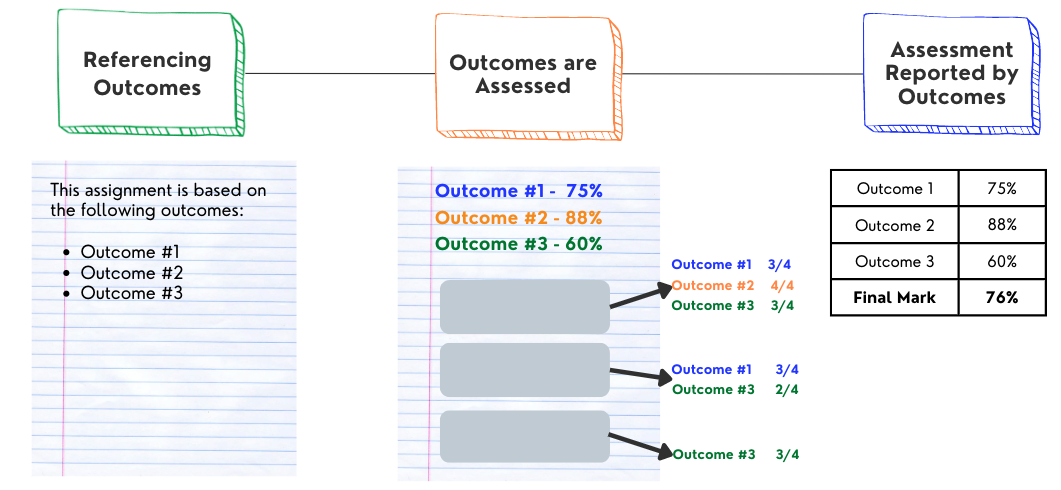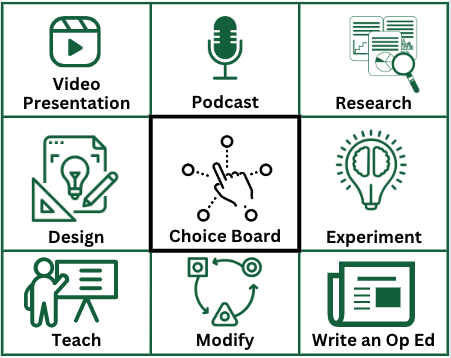‘Driving’ the Lesson: The Pre-Assessment (Part I)
Daniel Pink, the author of Drive: The Surprising Truth About what Motivates Us, suggests that all human beings have a need “to direct our own lives, to learn and create new things, and to do better by ourselves and our world.” He claims three principles are central to motivation: autonomy, mastery, and purpose. In this post, I’ll discuss the first of the principles, autonomy, including how and why it drives a lesson.
Autonomy
In his book, Daniel Pink describes an experiment conducted by a CEO who took a chance by introducing a results-oriented work environment (ROWE) within his company. In this type of workplace, employees are granted autonomy regarding when and where they work. There are no office hours or obligations that employees must be in the office at certain times. Instead, the only parameter employees are given is that they must get their work done on time.
When I read this, I thought of the road map I described in my last post. I’ve already argued it’s not the destination that matters; it’s the path we take to get there. If as a teacher, I were to follow in the footsteps of this CEO what would a results-oriented classroom look like? Should students be responsible for more of their learning? Will they ever be able to “get their work done on time?” Does the role of the instructor change in a results-oriented classroom, or does it stay the same?
 A perfect time for students to exercise some autonomy might be in the pre-assessment, but autonomy goes deeper than teachers finding out what their students know. One step might be for instructors to find out more about what truly motivates their students. At it’s core, however, autonomy is really about the idea that students should sometimes sit in the driver’s seat. Autonomy makes learning much more purposeful because all human beings need an opportunity to create what is most meaningful for them, especially when learning.
A perfect time for students to exercise some autonomy might be in the pre-assessment, but autonomy goes deeper than teachers finding out what their students know. One step might be for instructors to find out more about what truly motivates their students. At it’s core, however, autonomy is really about the idea that students should sometimes sit in the driver’s seat. Autonomy makes learning much more purposeful because all human beings need an opportunity to create what is most meaningful for them, especially when learning.
One pre-assessment activity I use to promote autonomy is asking my students to develop a learning goal. For instance, I may use a brainstorming activity, two-minute memo or question to introduce the lesson (e.g.): “As a teacher preparing to teach, what do you need to know about the topic at hand today, and why? What can you do during the lesson today to help or drive that learning to happen?” In asking this question, I not only learn more about what my students want to know, I also transfer some of the responsibility and autonomy for learning to them. It’s simple to return to this question at the end of the lesson, during the post-assessment, when students can evaluate for themselves what they did during the lesson and what they’ve learned.
Pink, D.H. (2009). Drive: The surprising truth about what motivates us. New York: Riverhead Books.
Picture courtesy of Christopher Ziemnowicz via Wikimedia Commons released into the public domain.


